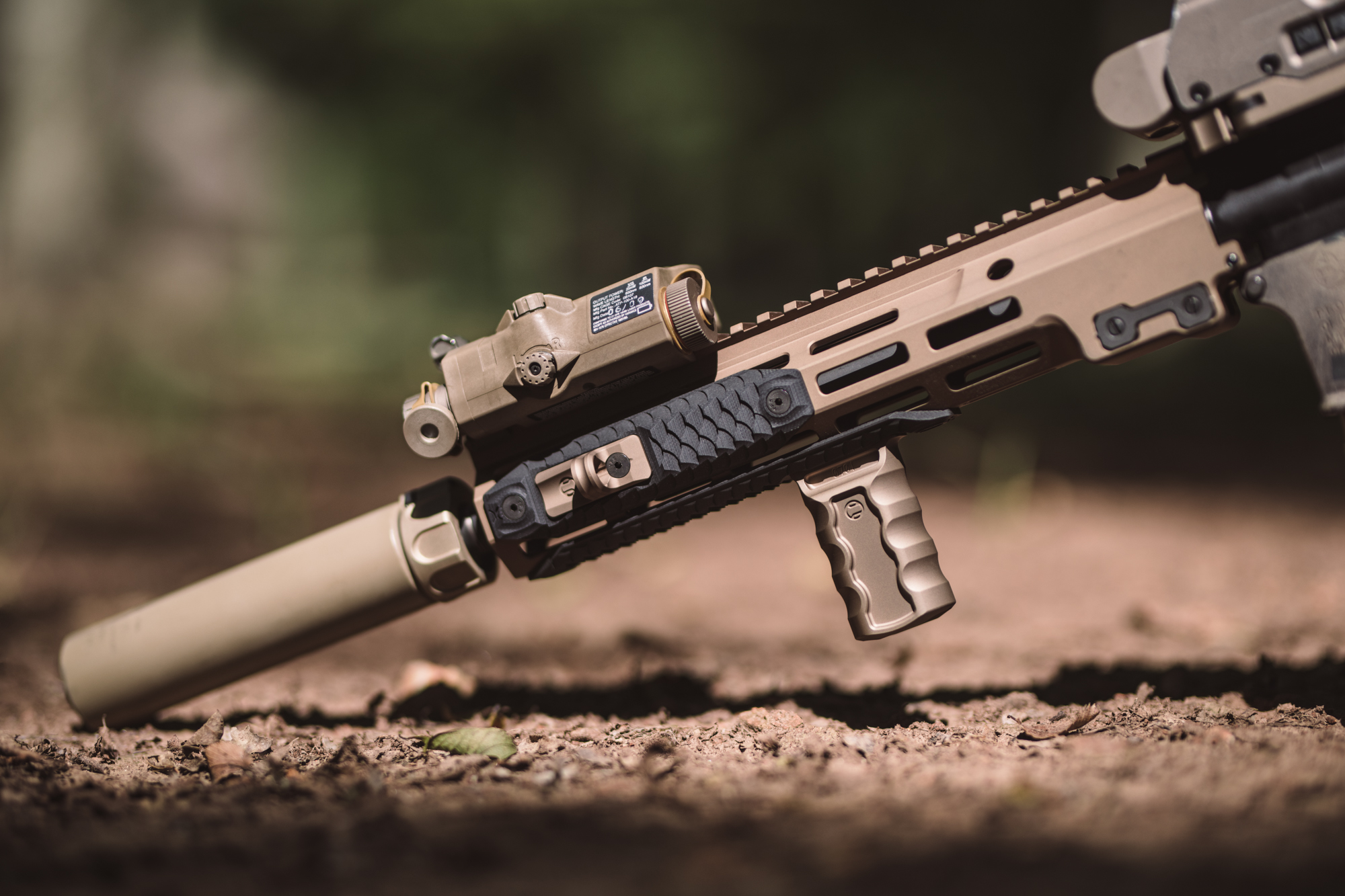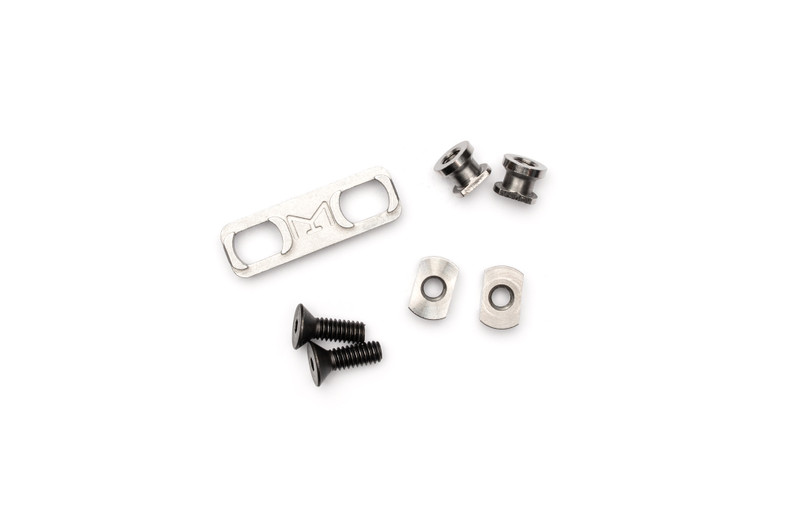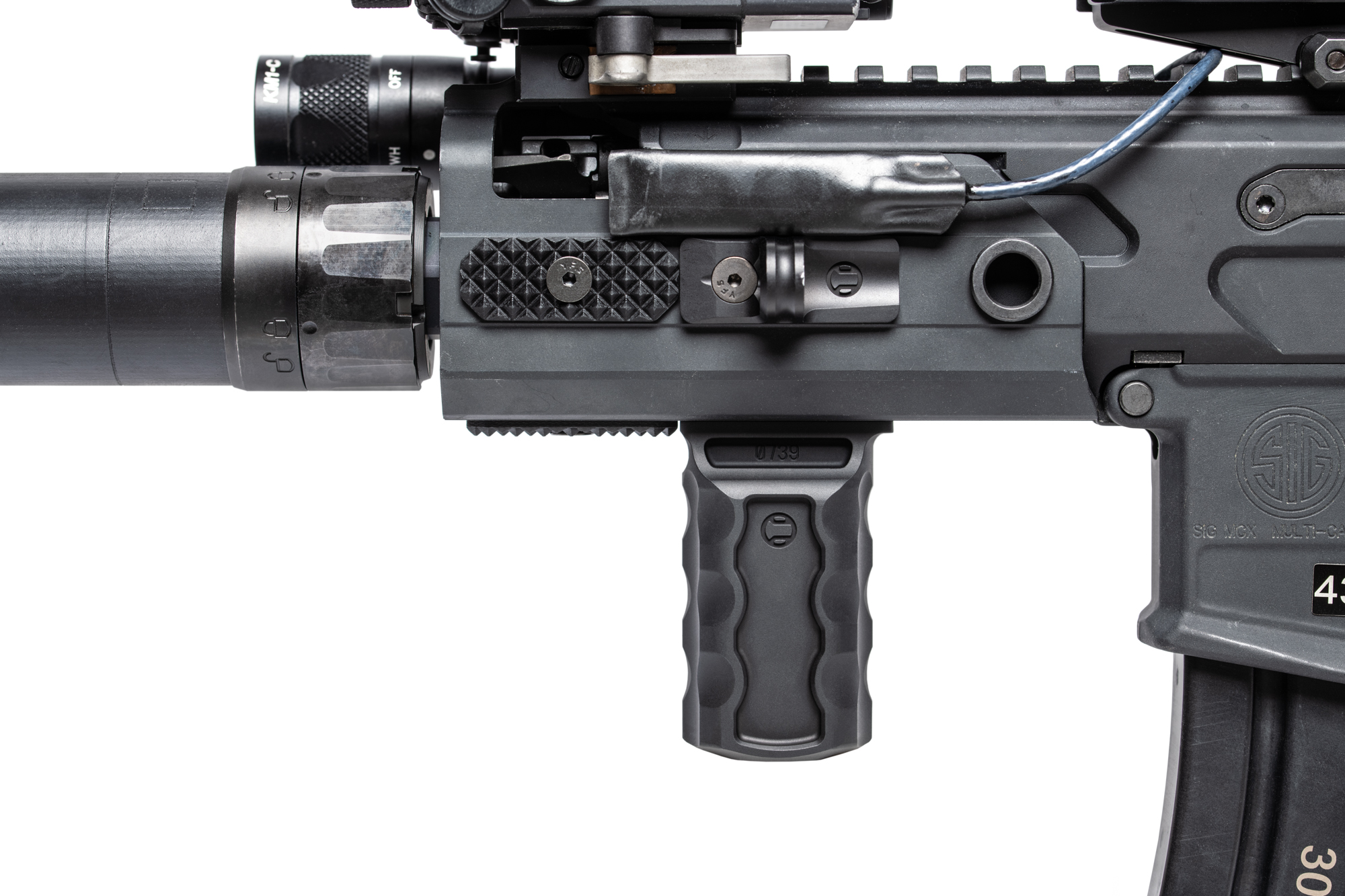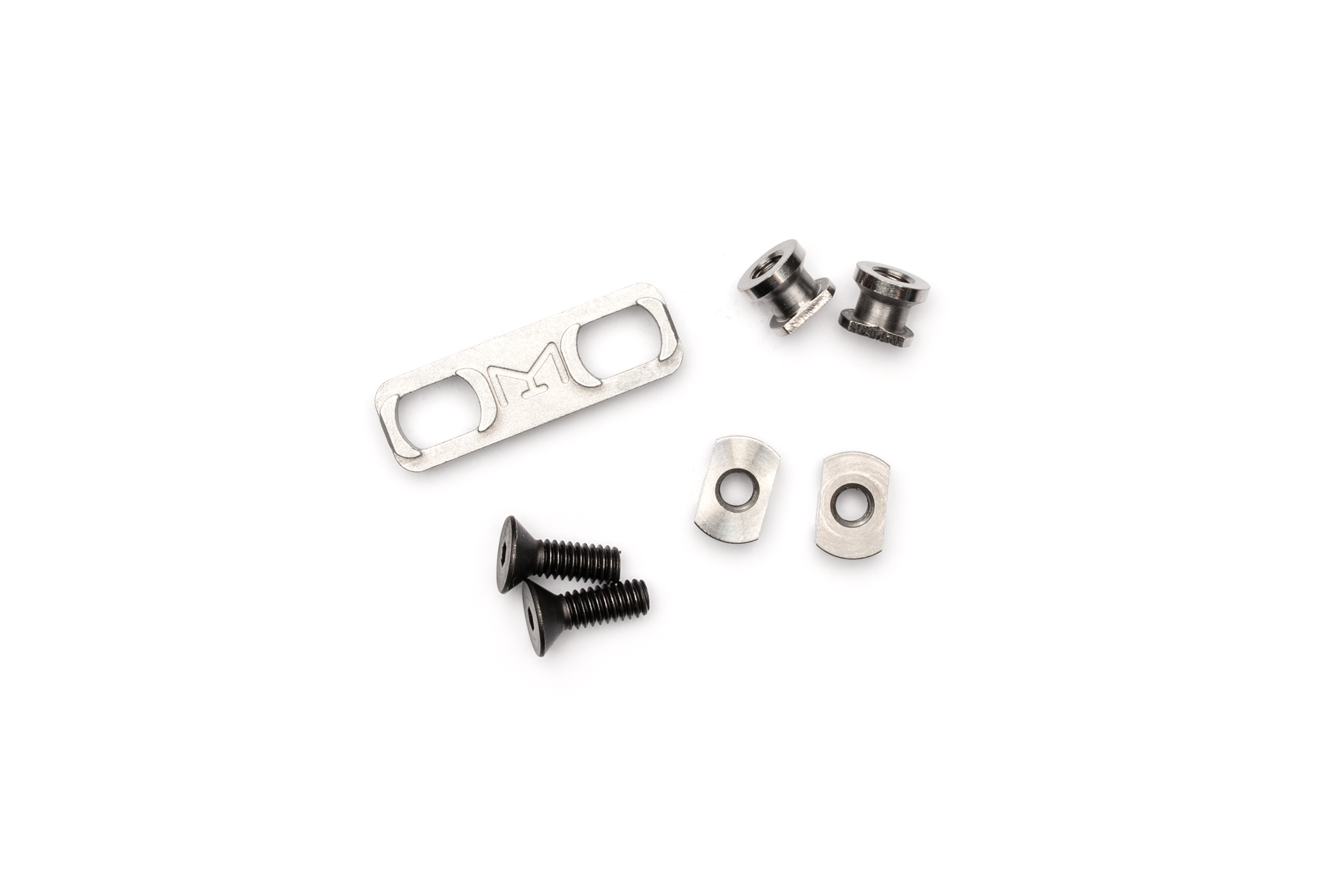
The Future Of MLOK Accessories
The MLOK mounting system is an open-source solution introduced by MagPul Industries in 2014 as an alternative to the Keymod mounting system, both of which were looking to improve on the more legacy Picatinny style of attachment. The MLOK system uses rectangular slots along the length of the rail at repeatable intervals to allow accessory manufacturers to make products that fit this standard specification. The advantage of MLOK over the Picatinny style of rail is not only in the weight savings, it allows users to attach accessories only in the places where needed, thus reducing bulk and allowing the barrel to vent more reliably. While there remains some debate on the advantages of MLOK over Keymod, the industry shift over the last few years tends to indicate the attachment method of choice for the AR-15 system will continue to be MLOK for the foreseeable future. For new users just now migrating to the MLOK system, there are a few tips that can help ease some of the pain points that come along with making the switch.
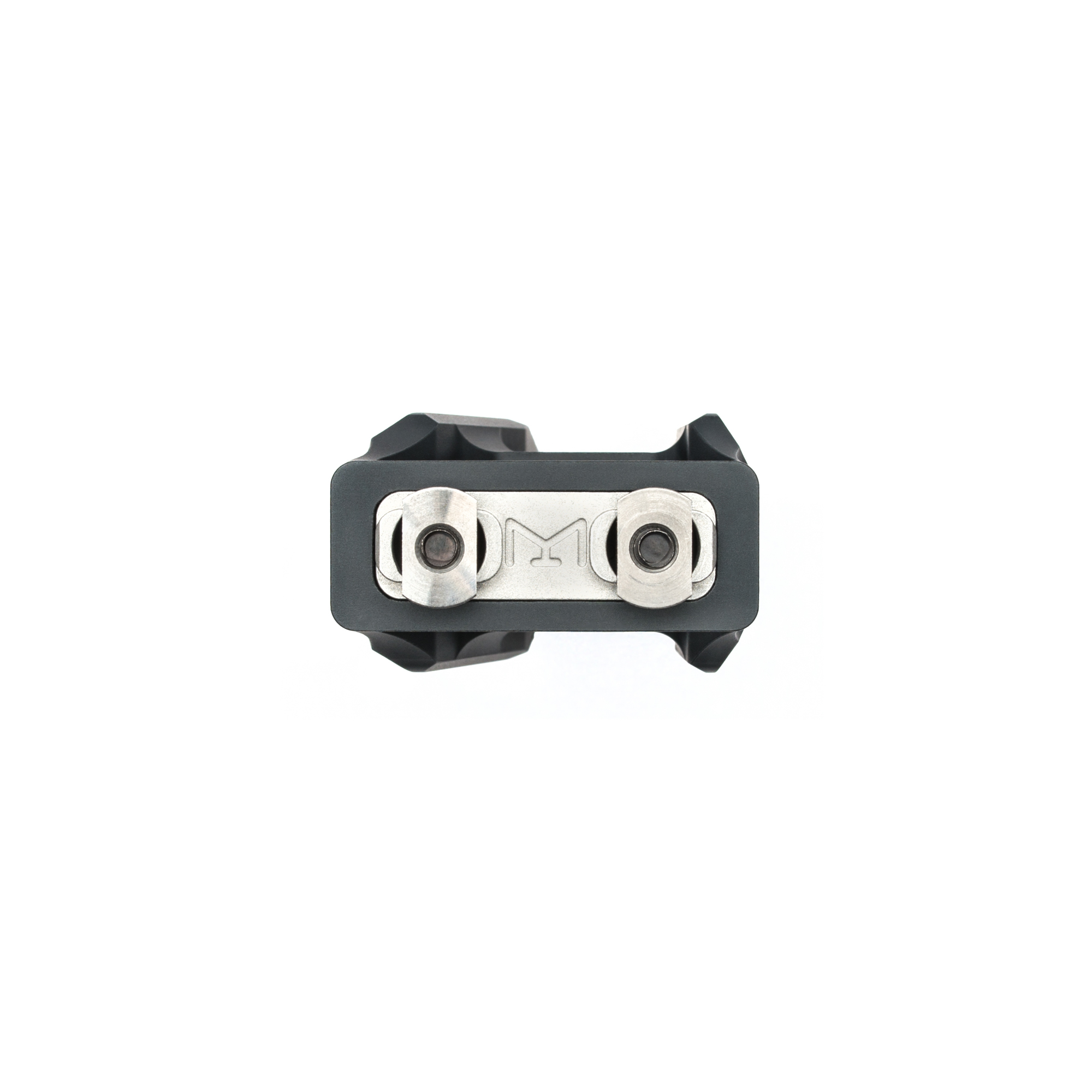
Installation For Rail Attachments
The MLOK system uses a T-Nut partnered with fasteners using #42 thread lock, per MagPul’s install instructions. Having acquired a new MLOK style handguard for the AR-15 platform, it’s now time to determine what types of accessories will be added to the weapon. One thing to keep in mind while selecting accessories is that not all manufacturers adhere to MLOK specifications precisely, which can create headaches for the end-user when it’s time to start mounting accessories. A good indicator for any MLOK accessory is the spacing of recoil lugs on the side of the accessory that mounts to the rail. The spacing of these recoil lugs should allow for easy movement between slots, and once locked in the accessory shouldn’t slide fore or aft. Once it’s clear that the selected accessories will conform to MLOK standards, attaching them to the rail is relatively straightforward. Keeping the MLOK T-Nut parallel with the rectangular slot, simply choose the section of the rail for ideal mounting and push the nut into the negative space. Once the accessory is flush, the combination of cammed T-Nut with thread lock will tighten the accessory to the rail, turning the MLOK nut into the locked perpendicular position at 90º.
Replacement For The MLOK System
Now it’s time to look at upgrading to some newer accessories, which means removing that old MLOK vertical grip. Fortunately, the process for removing and replacing accessories on the MLOK system is relatively straightforward. MagPul recommends the use of a 3/8” wrench to keep the nut secure while backing out the fastener, but many hand guards sit too close to the barrel to allow space for tools and require removal in order to access the T-Nut. While this does create the potential for pain points for the end user, most MLOK accessories are able to be easily removed by simply backing out the fastener until the T-Nut has returned to the parallel “mounting” position.
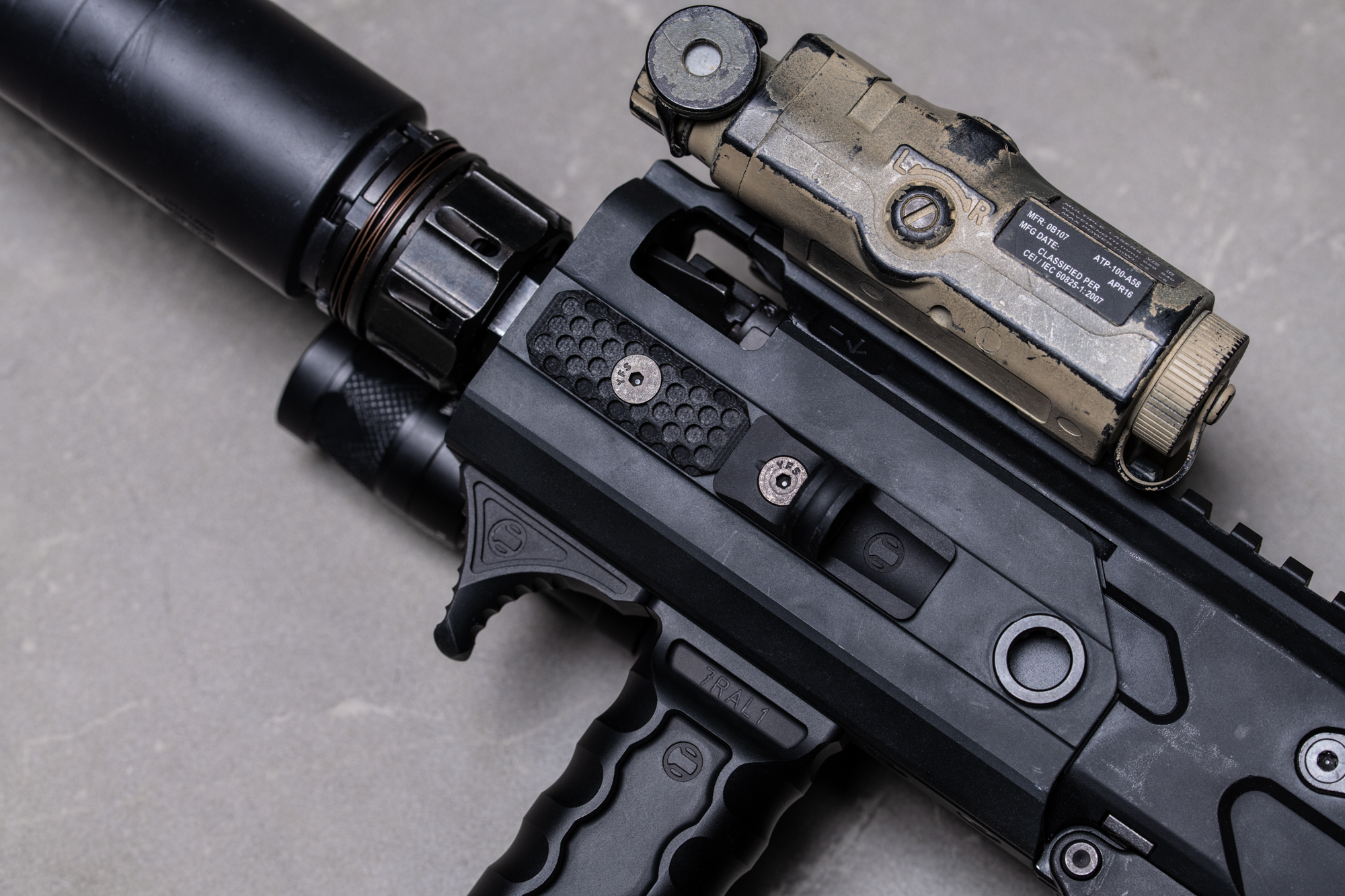
Which AR-15 Attachments?
Now that the end-user has gotten comfortable with install and removal of accessories on the MLOK system, it’s time to find the best accessories for the job. There are an abundance of options on the market, with manufacturers adding more MLOK accessories to choose from regularly. RailScales is one of the premier manufacturers in this space, and they make a variety of products right here in the US that maintain high-quality standards as well as conforming tightly to MLOK specifications. RailScales has a track record of seeing a “need” in the industry and creating products to solve specific pain points for the end-user of their AR-15 weapon platform. Nearly a decade after its namesake product was introduced, RailScales continues to stand at the forefront of hardware-mounted MLOK rail panels while supplementing its lineup of accessories with new variations like the XOS and XOS-H. With the variety of heat-reducing products they have available, RailScales is an easy choice for new shooters looking to keep a sure grip on their firearm without worrying about the discomfort of heat transfer.
